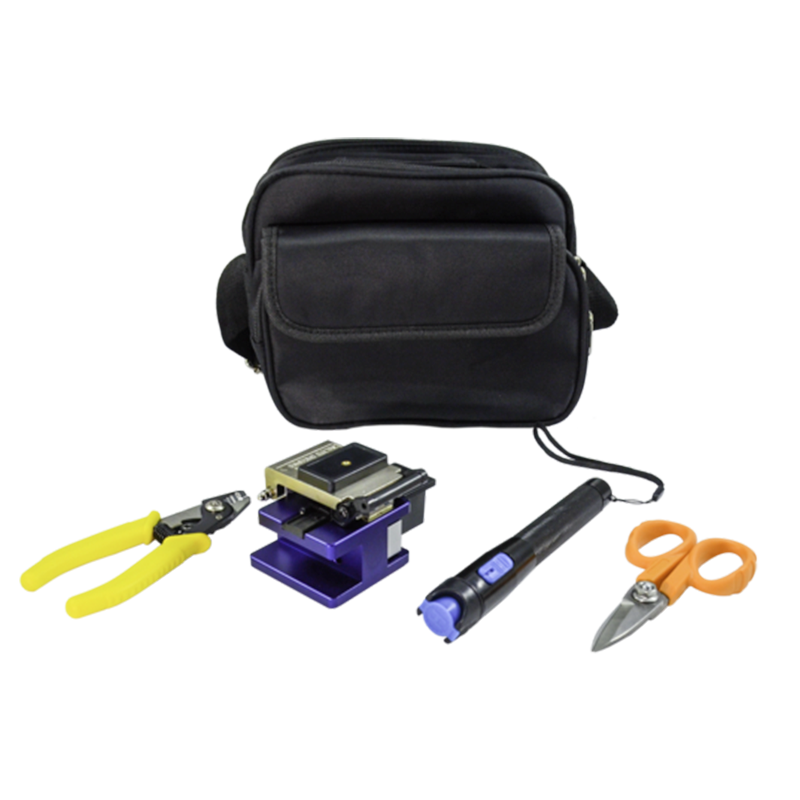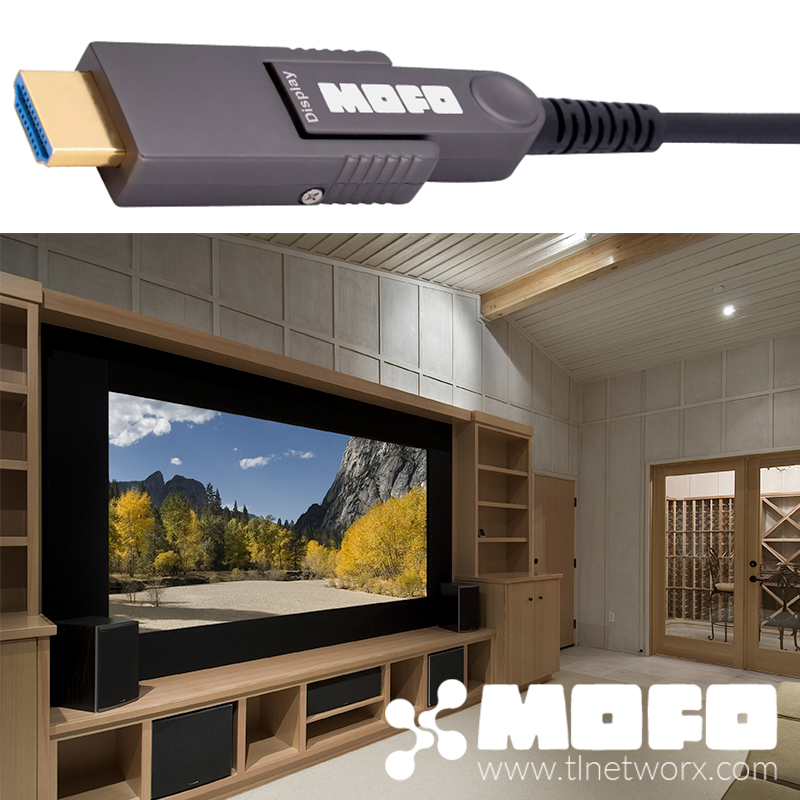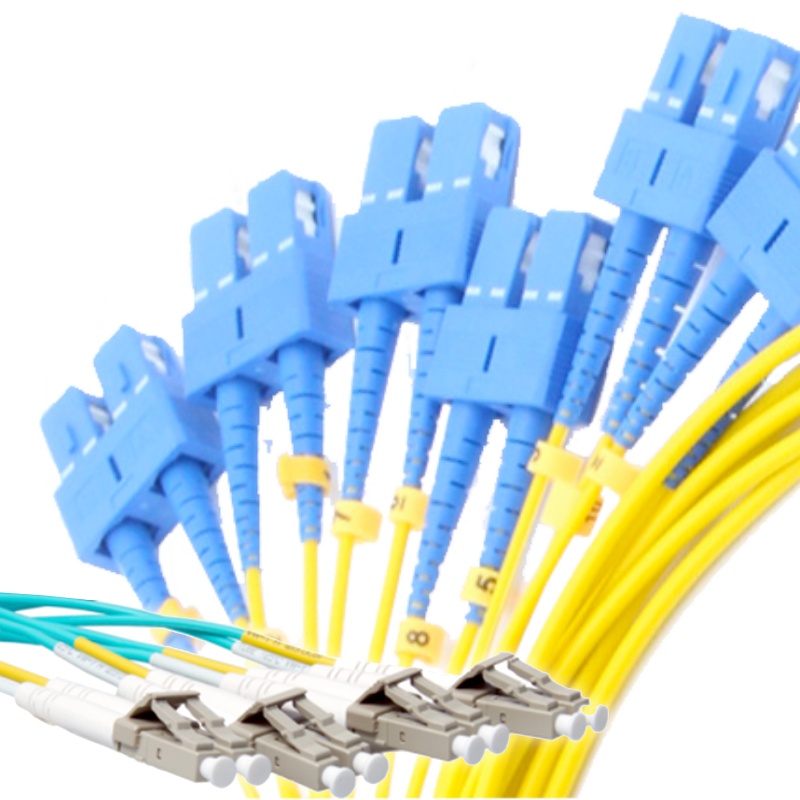Understanding Fiber Cable Types: an Intro to Constructions & Applications

This article examines the different constructions of fiber optic cable and the common applications for each type. It assumes you understand the differences between single mode fiber and multimode fiber. If not, please review this article.
Jacket Compounds

Riser Rated (common acronyms: CMR, CL2R, CL3R)
Riser rated cables tend to be the least expensive cable format. They are typically used for wiring in vertical spaces from floor-to-floor in a building and have a basic fire rating. Riser rated cables are widely used in both commercial and residential installations.
Plenum Rated (common acronyms: CMP, CL2P, CL3P)
Plenum rated cables are usually more expensive than riser rated cables. They are typically required by building code in plenum spaces above drop ceilings or below raised floors, especially in multiunit residential and commercial buildings. Plenum rated cables have a higher fire rating than riser cables. Plenum rated cables can go in riser spaces, but riser rated cables cannot go in plenum spaces.
Low Smoke Zero Halogen Rated (common acronyms: LSZH)
Low smoke zero halogen rated cables are similar to plenum with fire rating, but they emit limited smoke and no halogen when exposed to heat. They are commonly found in Europe and in marine vessel construction (such as yacht building).
Outdoor Rated
A cable with an outdoor rating is designed for UV and water exposure. Outdoor rated cables are typically installed in conduit or corrugated pipe outdoors; however, they are not recommended for direct burial in soil because they lack protective armor. A plenum, riser or low smoke zero halogen rated cable can also have an outdoor rating. If your cable run will be exposed to water or UV light, look for a cable with an outdoor, indoor/outdoor, or water rating.
Armor

Standard Armored
Armored cables rated for indoor installations typically leverage aluminum interlocking armor. These cables are built in a distribution format with multiple fiber strands within a single jacket (see below for more information on distribution formats). Armored cables are significantly heavier, thicker and less pliable than non-armored cables (obviously); however, their armor make them ideal for exposed cable runs and those which might be exposed to rodent activity.
Micro Armored
Micro armored cables deliver the strength of standard armor with the pliability and size of a non-armored cable. They typically command a premium price and are built with stainless-steel.

Direct Burial
Direct burial cables are also armored and are designed for direct burial in soil. Typically they are trenched between buildings or outdoor cable vaults. Unlike standard armored and micro armored cables, direct burial cables feature a solid waterproof inner sheath that protects the fiber from moisture, heat, soil acidity and outdoor element exposure. Most are built with stainless-steel.
Cable Construction Format

The two main constructions for fiber optic cables are zip-cord and distribution.
Zip-Cord (or Duplex) Construction
Zip-cord (or duplex) cables feature two strands of fiber that are individually jacketed and zipped together with a central membrane. The outer cable diameter is typically 1.6mm, 1.8mm, 2.0mm or 3.0mm per strand. Bulk cables, or those terminated in the field, are typically 2.0mm or 3.0mm for better durability and handling during the termination process. The thinner diameters are reserved for machine termination.
Cables constructed in a zip-cord configuration are typically used for network patch cords for three reasons:
- The cable if more difficult to pull through conduit than distribution styles (see below) because it is prone to snagging and twisting;
- The cable is more bulky due to the two zipped strands; and
- The cables is often more expensive to manufacture and, therefore, more expensive to purchase than distribution styles (see below).
Distribution Construction
Distribution cables feature all of the fiber strands within a single outer jacket. Distribution formats are easier to pull than zip-cord formats -- especially when dealing with conduit or corrugated pipe -- and are typically less expensive.
Distribution cables also come in a variety of formats:
- Simplex: a distribution cable with a single fiber optic strand;
- Standard distribution: multiple strands in a tight-buffered 900µm configuration; and
- Micro-distribution: multiple strand in a loose-tube 250µm configuration.

Standard distribution, or 900µm tight-buffered, cable simply has an added plastic layer that "builds up" the fiber optic core for added durability.
Micro-distribution, or 250µm loose-tube, cable doesn't have the build-up plastic and therefore is less durable but far smaller than standard distribution cable.

A Final Note: Installation & Termination
There isn't a "best" or one-size-fits-all fiber cable construction, it comes down to application. If you're confused or you'd like to talk through your application, please contact the TechLogix engineering team.
It is critical, however, that you choose the proper fiber optic connector for your cable format. A mis-sized connector will result in loss and intermittent signal performance.
Connectors, especially those with a small 1.25mm ferrule size such as LC connectors, are designed specifically for distribution or zip-cord formats. Some connectors even go further, especially when signal integrity is paramount, and are specifically designed for 1.6mm, 1.8mm, 2.0mm and 3.0mm zip-cord constructions.
Failure to respect cable construction and follow proper cleaning and termination procedures can result in mis-alignment and signal loss.... and video over fiber applications and high-speed networks are killed by loss.





Comments